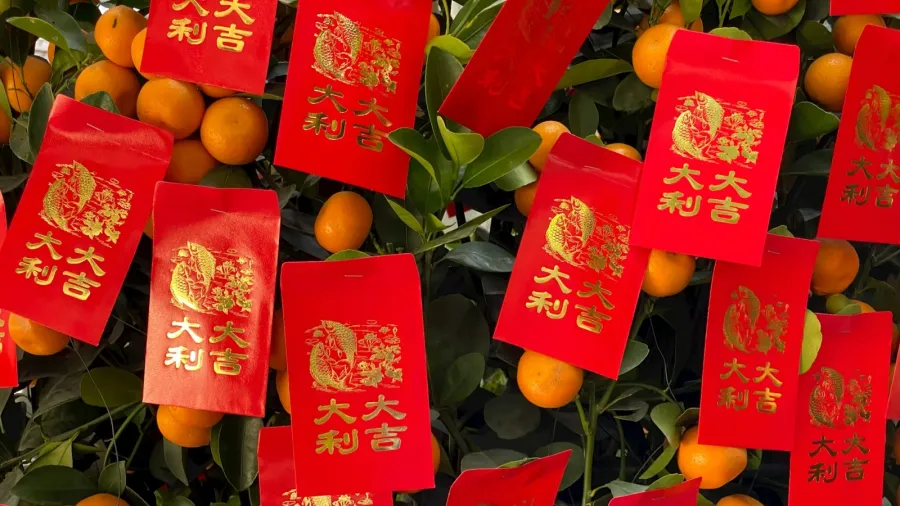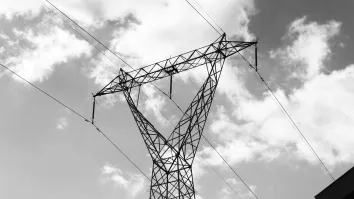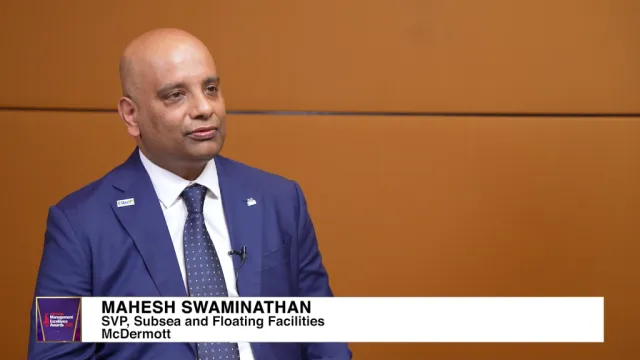
E-angpaos sent in CNY tripled in 2024: OCBC
The $100 amount is the most popular e-angpao amount this year.
Three times more e-angpaos were sent in the entire 2024 Chinese New Year (CNY) period compared to a year earlier, OCBC estimates, based on transactions it compiled over the period.
Singaporeans in general were more generous this year, with $100 being the popular e-angpao amount this year followed by $50 e-angpaos. They beat out the lucky “8” amounts, with $88 e-angpao being only the third most popular: whilst the $8 e-angpao, 2023’s most popular amount, falling to just the fifth most popular.
“E-angpaos are here to stay. That is why every year we do our best to add new features that will be beneficial to our customers,” said Ng Lee Peng, head of digital business, Singapore, OCBC.
“With e-angpaos, people need not queue up for new notes, which are limited in quantity and as such might pose an issue now that LNY visits have resumed. It is also the greener option,” Ng said.
Youth prefer digital
Customers aged 16-22 made up 1 in 4 customers who sent e-angpaos, higher than the 16% in 2023. They sent the lowest numbers, however– the median value of e-angpaos they sent was just $13.50.
Those aged between 30 to 39 sent an average of $77 in e-angpaos, whilst those aged between 40 to 40 sent $88 e-angpaos on average.
In the meantime, most of our e-angpao givers are still between the ages of 30 and 49, with the majority women. Approximately 4 in 10 e-angpao givers hold PMET jobs, Ng said.
Red packets recycled
Whilst e-angpaos have become more popular over the years, many people still prefer to give out the traditional red packets. This year, OCBC reduced the number of red packets it printed by 10% in its Singapore, Malaysia, China, Hong Kong, and Macau markets.
In China, OCBC have done away with red packets entirely for the first time.
“Customers can send WeChat red packets, in line with the cultural norm to use digital payment options. Our red packets also continue to be printed on recycled paper,” Ng shared.
OCBC have also helped recycle 7,800 kgs of red packets over the past three years, using them to make cardboard boxes.

















 Advertise
Advertise









